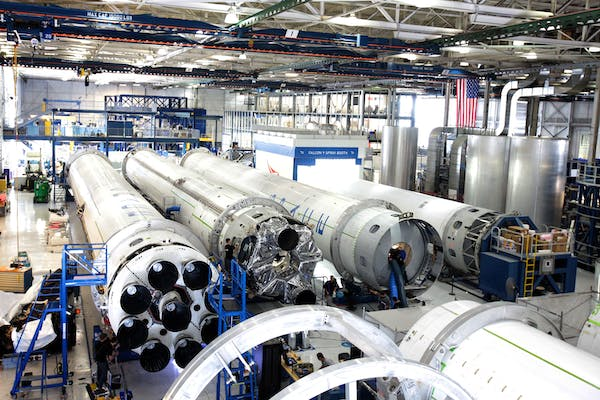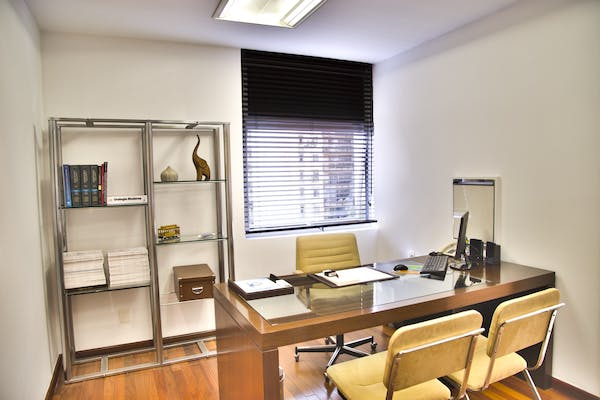Opening a winery can be a great business opportunity; however, things can easily go awry if you don’t pay close attention to humidity. After investing money in producing wine, storing bottles can become an expensive mistake if you’re not monitoring the wine cellar humidity. Overly high humidity can cause serious issues and it’s no different with humidity levels that are too low.
If you’ve used a hygrometer and realized there’s a problem, how do you control humidity in your new commercial wine cellar? Your first step is to find a humidifier that keeps relative humidity somewhere between 50% to 70% to help prevent various problems from occurring.
At the center of this isn’t so much the cellar itself, but the cork in your wine bottles. If you’re new to the wine industry, you perhaps never thought the cork would matter. Yet, slight humidity changes can affect your wine’s quality.
How Well Are You Controlling Wine Cellar Humidity?
Most likely, you keep your commercial wine cellar above ground – despite many in the past being built underground. You already know a wine cellar needs to stay cool in order to gain the best results. Generally, this means maintaining the temperature at around 55F.
Humidity can become a hidden problem if you’re not properly monitoring it. Your wine cellar humidity could be affected by some hidden ventilation issues that could affect the cork in all the bottles – as well as, the oxygen in the wine.
How does the wine cellar humidity affect the wine’s oxygen and cork quality? It’s time to take a look at the facts and find out what’s really happening if not readily apparent to the eye.
The Way Low Humidity Affects Wine Corks
Having low humidity ultimately affects the oxygen level inside your wines. Unfortunately, this could end up ruining the full potential of the wine’s quality. The problem is that low humidity can dry out natural materials in your cellar. As such, the cork you use could dry out and begin to shrink.
When the cork shrinks, it allows air into the wine bottle where you could experience what’s called cork taint.
Imagine this happening to all of your wines after months of hard work. Your entire wine collection could ruin and turn into a major business disaster.
High Humidity Can Affect Corks and Surrounding Surfaces
Don’t forget about high humidity and the issues it brings. When humidity goes high, you’ll start to see mold developing on surfaces where it shouldn’t. This includes mold on all your wine corks, hence affecting the cork’s quality.
Additionally, mold could ruin the labels on all the wine bottles and start to encroach on the walls or ceiling. Workers who spend time working there could breathe the mold and create bronchial illnesses.
These are just a few of the potential issues you will face unless you find some way to maintain relative humidity in your wine cellar without relying strictly on your main cooling system.
Finding Ways to Use a Humidifier Without Obstruction
Don’t just depend on your HVAC cooling to control the wine cellar humidity, because it can dry out your air further. A smarter, more affordable option is to use an in-duct humidifier to integrate systems and save money. We offer this here at Smart Fog, plus so many other humidifier installation options.
If an in-duct humidifier is not for you, there is also the option to install a humidifier on a wall. This can be an accommodating option if you have no room to set a humidifier on the floor or on a counter.
Regardless, all our products have no moving parts. Any unit you set on the floor won’t get in the way of your winery staff, or cause injury.
Contact us at Smart Fog to learn more about our humidifying technology and how we can help the wine industry – as well as, so many other industries.





